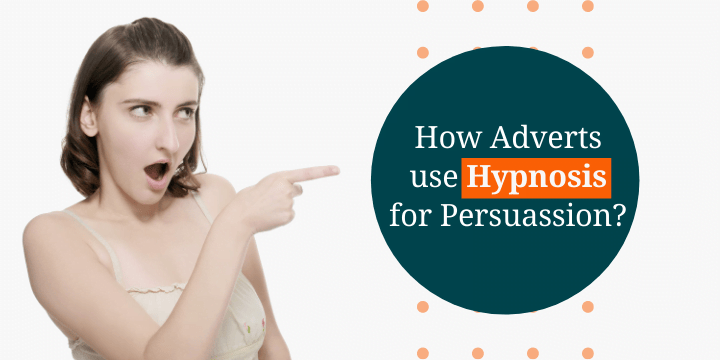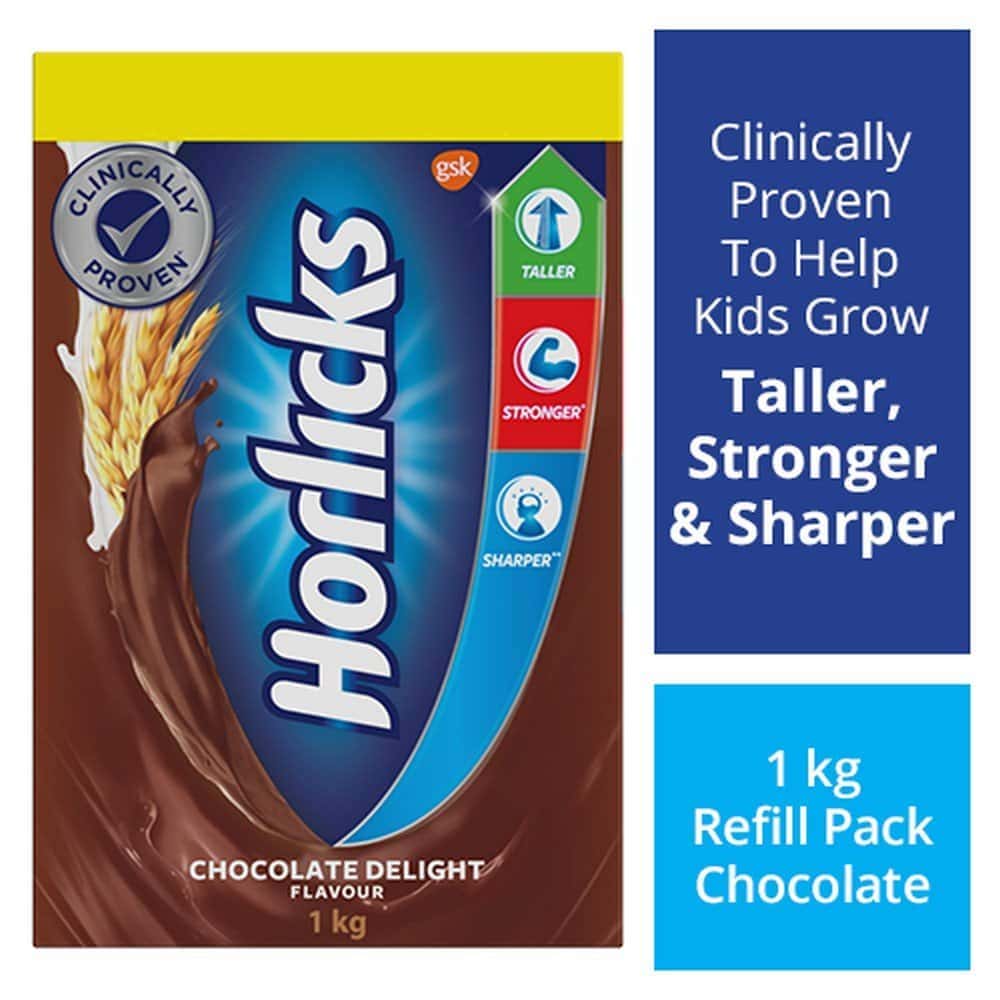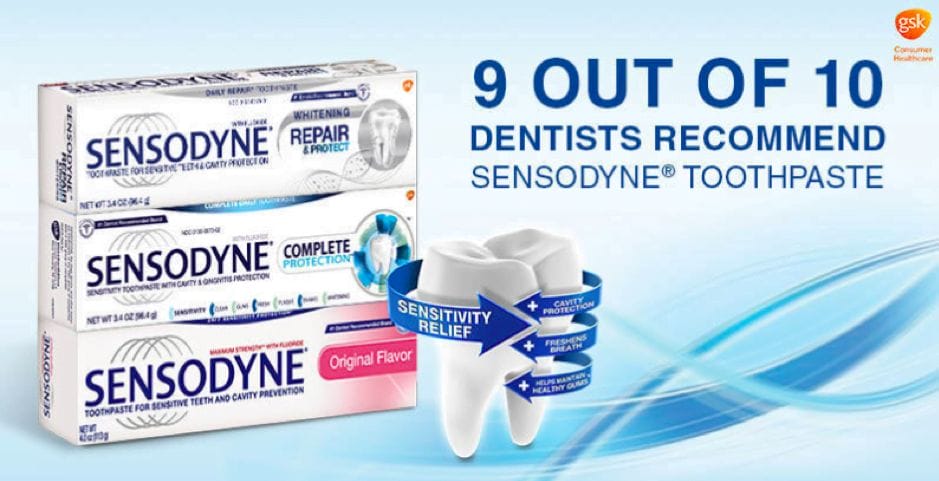Hypnosis has always been used consciously or unconsciously for persuasion and influence and advertising is one of the most remarkable applications of hypnosis in action.
All advertisements aim to make you buy a product or service.
- But are you always aware of how the products or services are being sold through an ad?
- Do you always have a need for those products and services?
- Do you realize how advertising not only talks about products and services but often creates a need where there was none before?
How do advertisers use hypnosis in advertising?
All those questions can be answered with an understanding of Conversational Hypnosis.
Conversational Hypnosis refers to a process in which language is used to bypass the critical filter in the mind, making the receiver of the information more open to accepting and acting upon suggestions.
If you are interested in how language acts as the ultimate tool of influence and persuasion, get ready to know more about how advertisements use human psychology and principles of conversational hypnosis to stir emotions, gain influence and make you buy.
-
Vague or Mind Bending Language
Conversational hypnosis uses vague communication to trigger the mind to initiate a database search for information, like a picture or sound, in a way that creates an illusion that the resulting action was the person’s own idea, to begin with.
-
Creating multiple possibilities

Recall the Horlicks’ ad that said: “Taller, Stronger, Sharper”.
It tapped into all mothers’ desire of seeing their children growing taller, stronger and sharper. Yet the words are so vague, they don’t really tell you anything – how tall, how strong, how sharp or taller, stronger and sharper compared to whom or what!
However, when mothers hear those words, each one will conjure up her own image of what it exactly means to her. This is also referred to as ‘comparative deletion’ in conversational hypnosis.
Notice how vague language makes a single ad creates infinite possibilities and thus, becomes appealing to all mothers, regardless of their desire for their children.
-
Lack of referential index
Another great vague language principle at work in advertising is the use of ‘lack of referential index’ or using a general subject that doesn’t refer to a specific person.

For example, ‘9 out of 10 dentists recommend Sensodyne’ or ‘Colgate, used and recommended by most dentists’ or ‘Oral-B – Used by dentists worldwide. Look closely and you would wonder about the number of dentists out there! Yet, when we watch the ad on TV, we don’t really question its validity. The same is true for the Horlicks ad above when it says ‘clinically proven’.
-
Unspecified Verbs
The third idea at work in advertising is “unspecified verbs’. These are action words that don’t specify what is being said. Here are a few examples:
- Taste the Thunder’ (Thumbs Up)
- ‘Only those who dare… truly live’ (Ferrari)
- ‘I’m lovin’ it’ (McDonald’s)
When you think about these statements, while they sound good and appealing but what do they mean. The expressions “taste the thunder”, “truly live” and “lovin’ it” will be interpreted by different people in different ways.
-
-
Law of Dominance
It states that the client’s mind is more likely to accept a suggestion when they look up to you as an authority.

So, when you see a model in a doctor’s coat telling you why a certain brand of cooking oil or toothpaste or mouthwash is good for your health, you readily accept the idea.
Another principle at work in advertising is that listeners or viewers tend to be more suggestible (open to accepting the information presented) when they trust the person presenting the idea.
This is why celebrity endorsements and testimonials from ‘trusted peers’ are so frequently used in advertising. Most people feel celebrities are trustworthy, and if a product or service is good enough for the celebrity, it is good enough for them.

This also holds true when the model is presented as a trusted peer.
Recall Dove ads where ‘next-door-woman’ talk about how gentle the soap is.
They may even emphasize the fact that the presenters or featured people are ‘not celebrities’. Since we tend to like people who seem ‘like us’, we may trust them even more than a celebrity.
-
Stir Emotions
Hypnosis in advertising involves the language that meant to evoke strong emotions of fear, love, pleasure or vanity to drive desires and responses.
For example, fear is a powerful, primal emotion that can motivate us to do things or prevent us from certain things. Advertisements may use words that create an uncomfortable mental position or situation, and then provide a solution through a given product or service.
One example of using fear is FOMO or “the fear of missing out.” You must have noticed phrases such as “last day,” “limited period offer,” and “offer valid till stocks last.” These “calls to action” (CTA) emphasize scarcity and the feeling that one may lose out or be left behind if one doesn’t act on the CTA.
Fear is frequently used in medical and health products-related advertisements, where consumers may be convinced that they need the product or service being offered, or face the ultimate fear of serious medical issues.
Insurance is another industry that preys on fear. Models may be shown to be worried about their family’s well-being in the event of their death. And insurance is presented as the perfect solution to put that fear to rest.
Advertisements based on ’fun and depict consumers having a good time and enjoying themselves, only made possible with the use of a given product or service.
The models in the ad are depicted as having fun just because they are using or consuming a specific product, and the audience is led to believe that they too will have a good time when they buy the product or service. Remember Kingfisher’s ad – “King of good times”!
Ads that utilize ’love’ target consumers who want to feel loved or provide for loved ones. Like fear, love is a powerful emotion that can drive strong consumer behaviour.
These ads tap into our core desire to provide the best for people we most care about, and the products being advertised are shown to fulfil that need. Or the Saffola ad where the wife buys Saffola to take care of her husband’s heart health (This ad is a good example of using both love and fear as a motivator). Families, newborns and mothers, or happy couples are often shown in these ads. Diapers, baby products, jewellery stores, pet food, food products are a few products that use ‘love’.
-
Play with the Senses
Hypnosis in advertising is not only about verbal language!
Effective advertising engages multiple senses with the use of submodalities.
We rely on 5 senses – vision, hearing, touch, smell and taste. Each of these can have various components.
Vision – size, colour, sharpness, brightness, contrast etc.
Sounds – volume, pitch, tempo etc.
Touch – temperature, pressure, texture etc.
And so on.
These components are referred to as submodalities.
In advertising, notice how colourful, sharper, bigger, brighter images are used along with various sound effects to engage your senses and take you through an entire experience.
Soap companies have had ads in print media where you could scratch the paper and smell the new fragrances launched. Or offering free samples with a magazine or at a retail outlet.
One of the best examples is when automobile companies offer you a test drive.
All this put together becomes compelling enough to motivate the targeted audience to make the buying decision in the favor of the product or service being offered.
Don’t forget that different brands of the same product or service can use the same principles yet create a different brand positioning altogether to target a different pain point or simply a different set of consumers.
For example, Coca Cola promotes emotional attachment (‘Share happiness’) while Pepsi is like a rebel (‘Live for now’, “the Choice of a new generation’).
The most well-known highlight in the war of the two brands when Coke became the official sponsor of the 1997 Cricket World Cup. And Pepsi unleashed a historic advertising campaign with the slogan – ‘Nothing Official About It’.
-
The Law of Repetition
Repetition is one of the most effective ways to induce a hypnotic state, in other words, make the subjects more suggestible and create powerful associations.
Hypnosis in advertising leverages this principle to create affinity and intent. The same advertisements are repeated over and over again, across various media.
And with powerful retarget marketing algorithms on the Internet, the advertisements can now follow you!
This repetition allows brands to capitalize on recency to create and reinforce the positive brand and product associations.
-
Anchoring
Is it possible to make someone immediately buy a product or service through conversational hypnotic coercion simply by watching an ad once?
The short answer is ‘No’.
Firstly, considering that not everyone responds to the same type of suggestions. You can read more about types of suggestibility HERE.
However, over time, with repeated views, it is possible that consumers may, subconsciously and consciously, feel more inclined to act upon the advertisement.
This conditioning can be achieved more effectively and rapidly with Anchoring.
In anchoring, a client is asked to think about a time when they felt absolutely calm (or any other positive emotion). When they can feel it completely, the hypnotist may touch their shoulder or hand in a specific way. When done several times, that part of the body becomes an anchor for that specific emotion. The positive emotion is now anchored at that body part and every time it is touched in the same manner, the same emotion anchor will be evoked.
Images, things, people and places can be anchors too. Recall how you feel every time you visit a place of worship.
If you ever watched a stage hypnotist perform, you may have noticed that they might make a suggestion. “Whenever you hear this sound (sound plays), it’s as if you’re watching the funniest scene of the funniest comedy show ever. The more you watch, the funnier it is.” The hypnotist is anchoring the idea of watching a funny scene to a specific sound.
Let’s go back to advertising…
Advertisers often create funny or happy commercials that may not have much to do with their products or services. It’s all an attempt to get those feelings anchored or associated with their product or service. Their logo or product might not be subtly displayed in one corner of the screen for added reinforcement until you’re feeling powerful emotions. And then, when you’re shopping for that specific product, and you notice their logo at the supermarket, you experience the same good feeling about their brand.
And even though now you know all about how hypnosis is at work in advertising, you may still act in the same way as before.
However, we are sure you would notice how all these principles are working in the background.
If you are a media professional, a coach, a mental health practitioner, or someone who is simply interested in learning more influence and persuasion, check out this quick course in Conversational Hypnosis. and if you would like to learn to apply conversational hypnosis as a part of your coaching or psychotherapy practice, join our comprehensive Cognitive Hypnotic Psychotherapy Diploma





